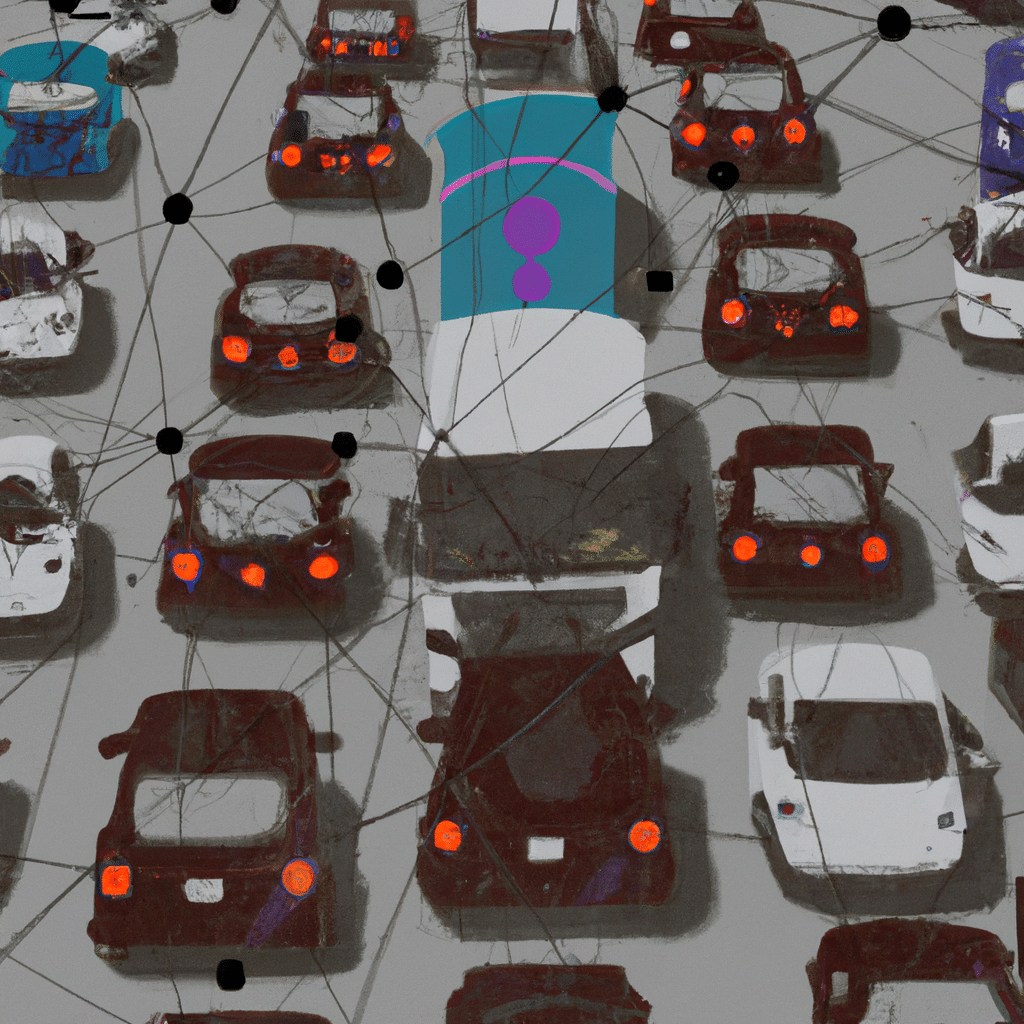Title: The Potential of IoT in Reducing Traffic Congestion in Cities

As cities grow and populations increase, traffic congestion becomes a major concern. It not only affects the daily commute of people but also has an adverse impact on the environment and economy. Traditional methods of addressing traffic congestion, such as building new roads or expanding public transportation, are becoming increasingly expensive and often ineffective. However, with the emergence of the Internet of Things (IoT), there is a new hope for reducing traffic congestion in cities. In this article, we will explore the potential of IoT in reducing traffic congestion in cities.
Understanding IoT
Before we delve into the potential of IoT in reducing traffic congestion, it’s important to understand what IoT means. IoT refers to a network of physical devices, vehicles, home appliances, and other items embedded with electronics, software, sensors, and connectivity. These devices can collect and exchange data with each other, making it possible to automate and optimize various processes.
How IoT can reduce traffic congestion
One of the ways IoT can reduce traffic congestion is by providing real-time traffic information. IoT sensors can be embedded in roads, traffic lights, and vehicles to collect data on traffic flow, congestion, and accidents. This data can be analyzed in real-time to provide drivers with the most efficient routes to their destinations. This will help reduce traffic congestion on busy roads by diverting traffic to less congested routes.
Another way IoT can reduce traffic congestion is by optimizing public transportation. IoT sensors can be used to collect data on the usage of public transportation, such as buses and trains. This data can be analyzed to optimize the frequency and routes of these modes of transportation, making them more efficient and reducing the number of cars on the road.
IoT can also be used to optimize parking. Sensors can be embedded in parking lots to provide real-time information on the availability of parking spaces. This will help drivers find parking spots quickly and reduce the time spent circling around looking for a spot. It will also reduce the number of cars on the road, as drivers will not have to travel around looking for parking.
Benefits of using IoT to reduce traffic congestion
There are several benefits of using IoT to reduce traffic congestion. Firstly, it will help reduce the time people spend on the road, making it possible for them to get to their destinations faster. This will also reduce the amount of fuel consumed, hence reducing the carbon footprint of cities. Secondly, it will reduce the number of accidents on the road, as drivers will be provided with real-time information on traffic conditions. This will also reduce the number of fatalities and injuries resulting from accidents. Lastly, it will improve the overall quality of life in cities, as people will spend less time in traffic and more time doing things they enjoy.
Challenges of using IoT to reduce traffic congestion
While IoT has the potential to reduce traffic congestion in cities, there are several challenges that need to be addressed. Firstly, the cost of implementing IoT infrastructure can be high, especially for developing countries. Secondly, there are concerns around privacy and data security, as IoT sensors collect a lot of personal data. Lastly, there is a need for standardization of IoT devices to ensure interoperability and ease of use.
Conclusion
In conclusion, IoT has the potential to revolutionize the way we approach traffic congestion in cities. By providing real-time traffic information, optimizing public transportation, and optimizing parking, IoT can help reduce the time people spend on the road, reduce the number of accidents, and improve the overall quality of life in cities. However, there are several challenges that need to be addressed before IoT can be fully utilized in reducing traffic congestion.












